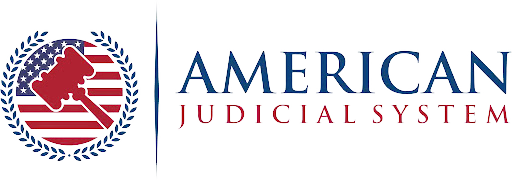Accidents involving company vehicles can present significant challenges for employers. They disrupt operations and can lead to financial and legal implications. Understanding how to handle these incidents effectively is crucial for businesses. This guide provides essential insights to assist employers in managing vehicle accidents efficiently.
Being Prepared: Why It Matters
Knowing what to do in the event of a vehicle accident takes preparation. As an employer, you should establish complete policies and procedures, which should include a clear, step-by-step guide on what to do in case of an incident. Employees need training to appreciate such protocols. It helps to keep everyone up to date and prepared. Also, during this time, it would be smart to let an auto accident lawyer fight for you and get you the compensation you deserve.
Crafting a Holistic Approach
It is critical to have a properly documented policy. It ought to outline what is expected from drivers and management. The policy may include information on how to report, contact information, and a general guideline for evidence collection. Clear expectations minimize confusion and enable a quick response.
Teaching Drivers How to Drive
Driver training is a core element of accident prevention. They should invest in programs that promote safe driving practices in the workplace. They should include defensive driving and hazard recognition training sessions. These skills are reinforced through regular assessments that ensure safe driving behavior.
Reporting System Implementation
With a structured reporting system, action can be taken quickly. Employees need to know who to contact instantly in case of an accident. This will help you contact management and insurance providers immediately. Immediate reporting is key, as it is critical for collecting facts during investigations.
Collecting Data Without Bias
This means gathering accurate evidence at the scene of the accident is critical. Drivers can note the date, time, and location. Photos of the scene of the crash and the vehicles that were involved are valuable evidence. Witnesses are also important to know exactly what happened.
Communicating with the Insurance Carrier
Insurance companies need to hear from Timely. All employers need to communicate everything relevant as soon as possible. This aids in the fast processing of claims. Staying on the same page prevents any misunderstandings and can help you get the claim moving in the right direction.
The Legal Side Of Things
Vehicle accidents can raise legal issues. Employers should seek advice from legal professionals on what is required of them. This means complying with local regulations and documentation. Knowing helps you avoid legal challenges.
Assessing and Enhancing Policies
A lot can be learned in hindsight from post-accident evaluations on how to improve. Incident analysis provides a way to improve our current policies and procedures. Safety managers can take those insights and use them to improve safety measures and create safeguards against similar incidents happening again in the future.
Encouraging a Safety Culture
Establishing a culture of safety can only be a win-win for everyone here. Creating an environment where workers are willing to express their safety fears can prompt action. Rewards for safe driving behaviour reinforce that safety is a top priority.
Use of Technology
Technology can significantly encourage safe vehicle driving. Data on driving behavior, GPS tracking systems, and telematics provide data on driving habits. These solutions assist in identifying complicated behaviors and allow you to mitigate problems before they even arise. Technology can more clearly help identify the at-fault drivers.
Regular Maintenance of The Vehicle
Every organization must ensure that its vehicles undergo regular maintenance. A well-maintained vehicle is less likely to suffer a mechanical failure. Regular inspections and repairs help keep the vehicles in tune and minimise accidents.
Providing an Avenue for Employees to Give Feedback
Employee feedback can be a great source of insight. By encouraging document drivers to speak up, companies can fast-track the implementation of policies that work (or do not work). Companies will be able to make appropriate decisions and improve safety.
Assess the Financial Impact
Different accidents have different costs. This can result in costs such as repair fees, higher insurance rates, or even legal costs. However, employers must balance and budget for that risk. Keeping expenses clear helps with financial planning.
Building Relationships with Insurers
It is important to have a good tie-up with the insurance providers. Our open communication facilitates the smooth handling of queries regarding claims. Regular meetings will help address any issues that may arise and ensure that policies are updated.
Building Trust and Transparency
Trust and transparency are crucial in managing vehicle accidents. Employers need to be transparent with teams about safety protocols and expectations. When there is transparency in visibility, it promotes trust and encourages employees to follow safety protocols.
Conclusion
Dealing with company car accidents is a strategic affair. Through proper preparation, employee training, and a culture of safety, employers can mitigate risks and rebound quickly from incidents. Steps taken ahead of time before the broad implementation takes effect (proactive), clarity in protocol communication, and the use of technology all make an operational environment safer and more robust.










